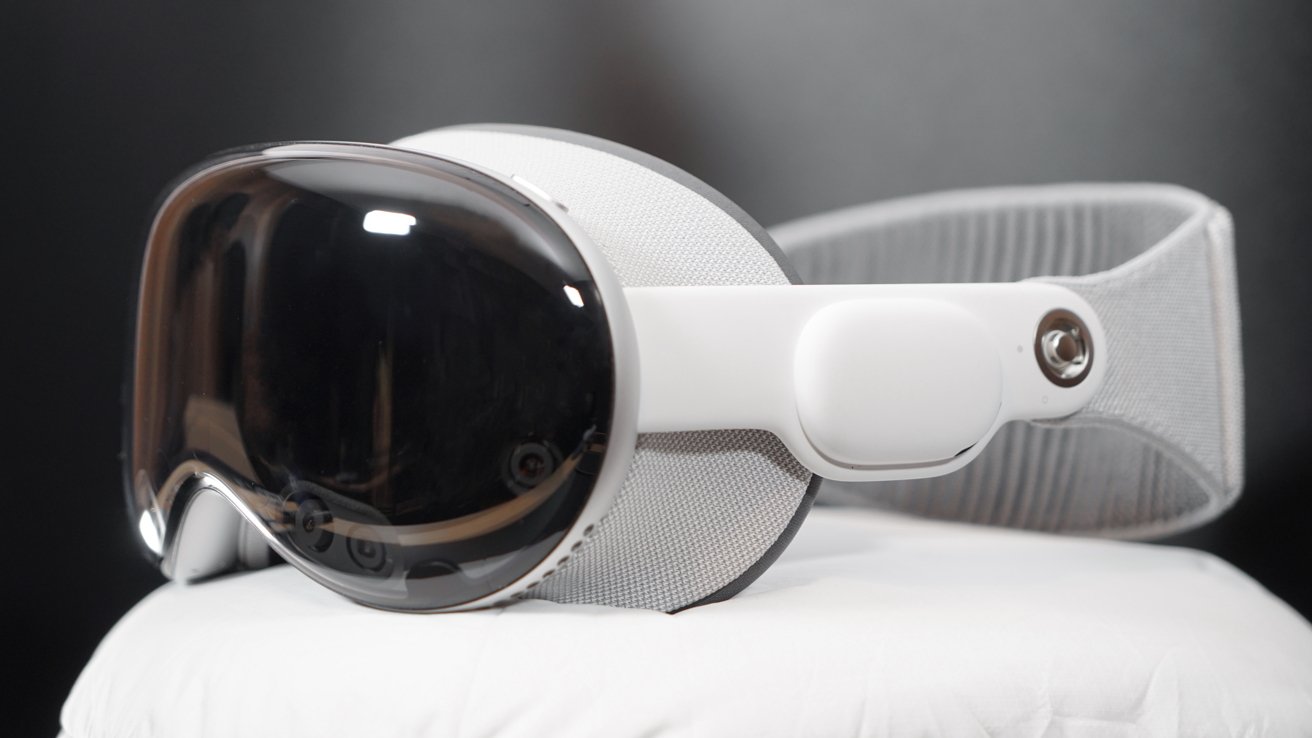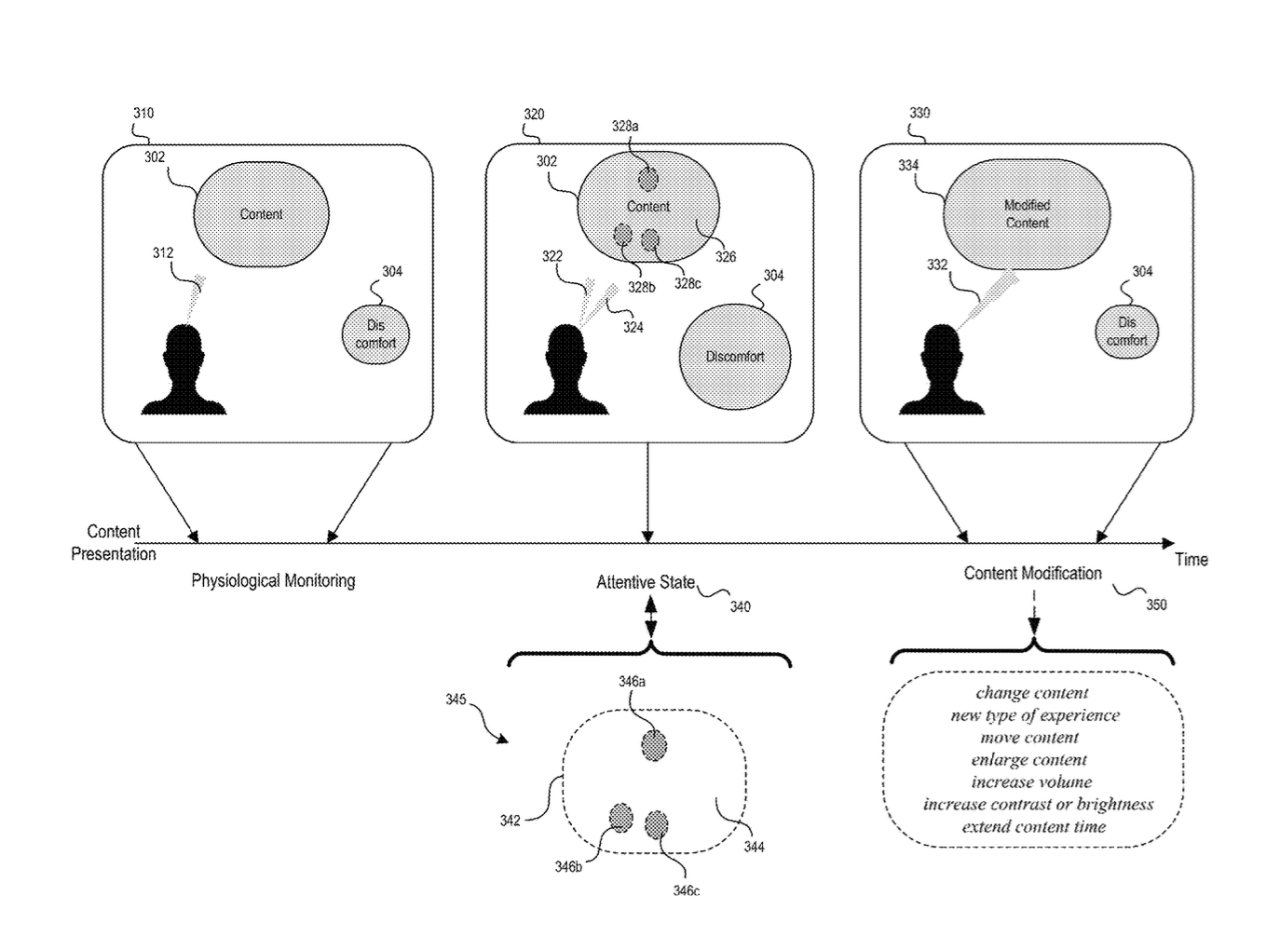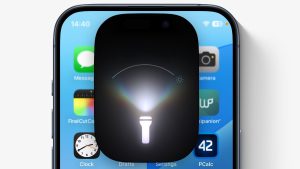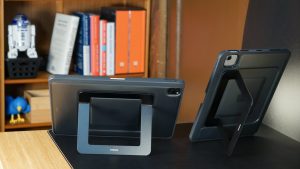
Apple is researching how the use of mixed reality in the Apple Vision Pro may provide pain relief for injuries.
Alongside those engineering efforts, though, a newly-granted patent shows that Apple is also looking to bring the Apple Vision Pro more into its health products. Vision Pro, or potentially other devices, could instead “provide content that distracts a user’s attention away from discomfort.”
It isn’t that you have a headache and so the headset will sing you a song. It’s about detecting issues in the mixed reality experience it’s displaying, and adjusting to suit different people.
Specifically, Apple says that this discomfort be “occurring due to a prior injury or ongoing medical condition.”
Whether it’s that the Apple Vision Pro feels less comfortable over time, or that a previous injury means it can never be fully comfortable, what happens next is the same.

Furure Apple Vision Pro models could continuous scan you to see if you’re paying attention
“The [Apple Vision Pro] content is adjusted over time based on tracking the user’s attentiveness towards the content,” says Apple. “Specifically, the user’s current attentive state may be tracked using physiological sensors and used to adapt content to mitigate the perception of discomfort.”
“In some implementations, the user’s stress is also assessed and used an indication of the user’s current discomfort level,” continued Apple, “to better track when the user’s attentive state is shifting from the content to the discomfort and adjust the content accordingly.”
So the headset — or, again potentially other devices such as the iPad — would first identify an issue. Then it would act accordingly.
“Based on the physiological data and associated attentive state,” explains Apple, “the techniques can adjust content and/or provide feedback to the user or persons assisting the user such as his or her doctor’s or therapists.”
Patents are more about how something can be done than specifically what will be done, but Apple does offer some examples.
“Various types of modifications may be used to stimulate/renew attention to the content and thus mitigate perception of discomfort,” says Apple. “For example, a modification may stimulate user attention to the content by changing the content… increasing a volume of the content… and/or extending the time period during which the content is provided.”
So the Apple Vision Pro could crank up the volume, or it could just cut short what you’re watching.
None of this seems as useful as making a more comfortable headset, or launching a range of Apple aspirin. But there is much more to this, and it’s potentially very impressive.
The Apple Vision Pro could alter what is presented to the wearer, specifically to address the kind of discomfort caused by issues that trigger users.
“For example, a user experiencing discomfort associated with a missing arm may see a virtual arm in place of the missing arm in an XR environment in which the user sees a representation of himself,” says Apple, “e.g., the missing arm may be simulated using a relatively realistic mirror image of the user’s remaining arm.”
Or “a user with a burn injury may see content that simulates the appearance of the user’s skin without the burn.” This future Apple Vision Pro, or perhaps future visionOS, could also virtually erase scars.
All of which could reduce the use of “relief medication, and ultimately lower risks associated with developing dependence upon opioids and other such discomfort medications,” says Apple.
This patent is credited to five inventors. They include Fletcher R. Rothkopf, whose previous related work concerns Apple Glass unlocking iPhones automatically.




